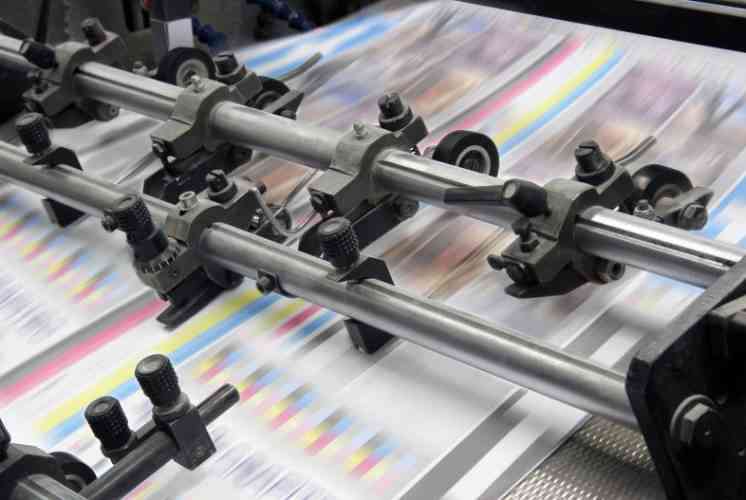×
The Standard e-Paper
Informed Minds Prefer The Standard

Sustainability is driving innovation in the global printing industry, fueled by factors like economic recovery following the COVID-19 pandemic and the demand for environmentally friendly solutions.
A recent report by Polaris Market Research estimated that the global commercial printing market would reach USD 574.12 billion (Sh85.4 trillion) by 2030, growing at a CAGR of 2.4 per cent from USD 466.64 billion (Sh 69.4 trillion) in 2021.